The Science of Flavor: Understanding How to Create Delicious Combinations
Flavor is one of the most powerful aspects of our culinary experience, influencing our emotions, memories, and even our cultural identities. The science of flavor is a fascinating realm that delves into the chemical and biological processes involved in our perception of taste and smell. By understanding these mechanisms, we can create more delicious and memorable food combinations.
The Basics of Flavor
Flavor is the intricate interplay of taste, aroma, and texture. While taste is limited to five basic sensations—sweet, salty, sour, bitter, and umami—aroma plays a significant role, comprising the majority of what we perceive as flavor. When we chew food, volatile compounds are released, traveling up to the olfactory receptors in our noses and enhancing the overall flavor profile.
The Five Basic Tastes
-
Sweet: Typically associated with sugars and some artificial sweeteners, sweetness often indicates energy-rich nutrients.
-
Salty: Salt enhances flavors and is essential for bodily functions, making it a crucial element in cooking.
-
Sour: Acidity can brighten dishes but can also indicate spoilage. Interestingly, sour flavors can balance sweetness.
-
Bitter: Often associated with toxins in the natural world, bitterness can add complexity to dishes when used judiciously.
- Umami: Described as a savory taste, umami is found in foods rich in glutamate, like tomatoes, cheese, and fermented products.
The Role of Aroma
A significant amount of what we perceive as flavor comes from our sense of smell. When we eat, aromas waft into our nasal cavity, stimulating olfactory receptors. This connection is why food can lose its appeal when we’re congested; our ability to perceive flavors diminishes significantly without a proper sense of smell.
Creating Flavor Combinations: The Science Behind It
Contrast and Complement
The first rule of creating delicious combinations is balancing contrasting flavors and textures. For instance, pairing sweet with salty (like chocolate-covered pretzels) or acidic with rich (like lemon drizzled over creamy risotto) can elevate a dish. On the other hand, complementary flavors can also be powerful. Ingredients like basil and mozzarella or apple and cinnamon showcase how flavors can work harmoniously to create depth.
The Maillard Reaction
The Maillard reaction is a fundamental chemical process that occurs when proteins and sugars are heated, leading to browning and complex flavor formation. This process explains why grilled meats and roasted vegetables have a rich, savory flavor—it’s all about those caramelized notes that enhance our sensory experience.
The Influence of Temperature
Temperature can significantly affect flavor perception. Cold temperatures dampen sweetness and accentuate bitterness, while warmth can amplify sweetness and aromatic qualities. This is why a hot, gooey chocolate chip cookie tastes so much better than a cold one!
The Power of Herbs and Spices
Herbs and spices are essential tools in the flavor arsenal, acting as natural enhancers. For example, fresh herbs like cilantro can add brightness and depth, while spices like cumin give warmth and earthiness. Understanding how to incorporate these elements can transform a simple dish into a culinary masterpiece.
Pairing Principles
Here are some fundamental principles for combining flavors effectively:
-
Regional Pairings: Many regions have iconic flavor profiles based on their native ingredients. Italian cuisine often features basil with tomatoes, while Indian cuisine frequently combines turmeric with cumin.
-
Texture Matters: Combining creamy with crunchy (like avocado on toast) can create a satisfying mouthfeel.
-
Acidity is Key: Adding an acidic component can brighten and elevate dishes, making them more vibrant. Think vinaigrettes or citrus in marinades.
- Layering Flavors: Building flavors in layers—starting with aromatics like onions and garlic, then adding proteins, vegetables, and finally finishing with herbs or citrus—creates depth.
Conclusion
The science of flavor is a rich and vast field, combining chemistry, biology, and art. By understanding the interplay of taste and aroma, along with the techniques that enhance them, anyone can elevate their culinary creations. Experimentation is key; the most delightful combinations often arise from the willingness to explore and innovate. So next time you set foot in the kitchen, remember: the world of flavor is yours to discover!















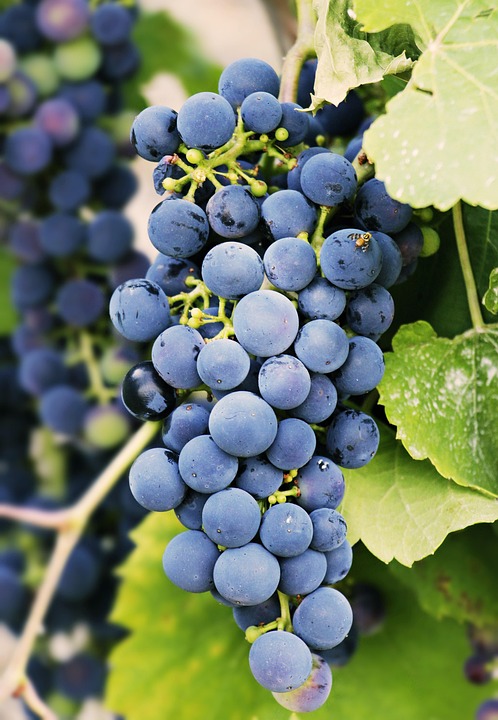

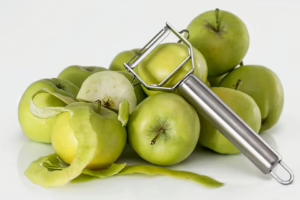
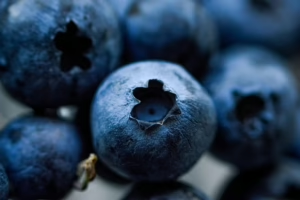

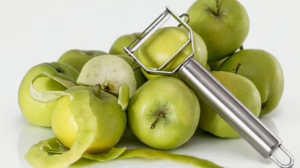
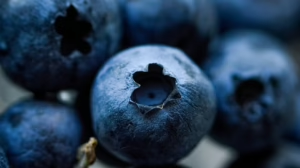




Add Comment